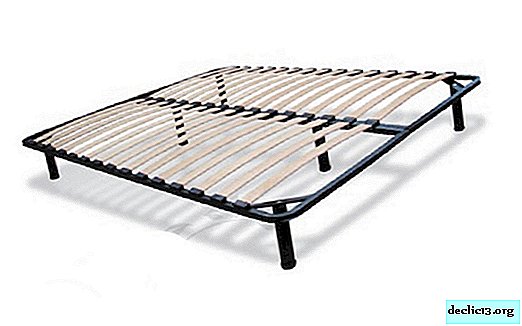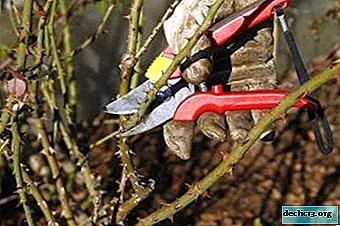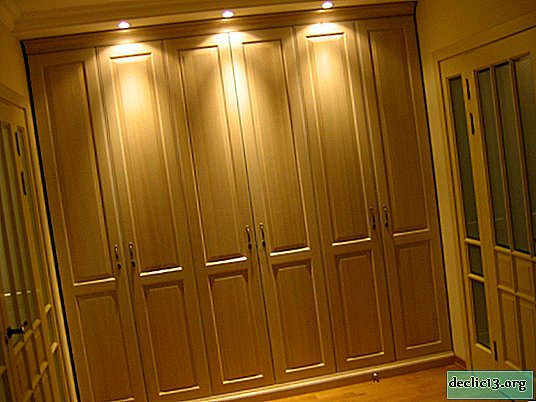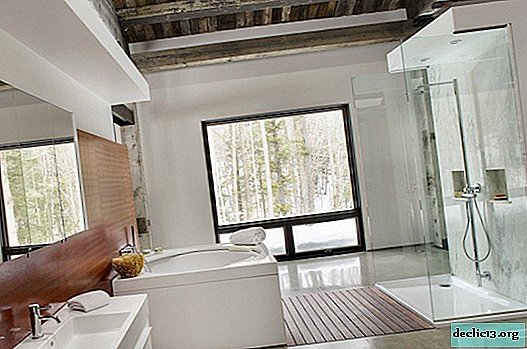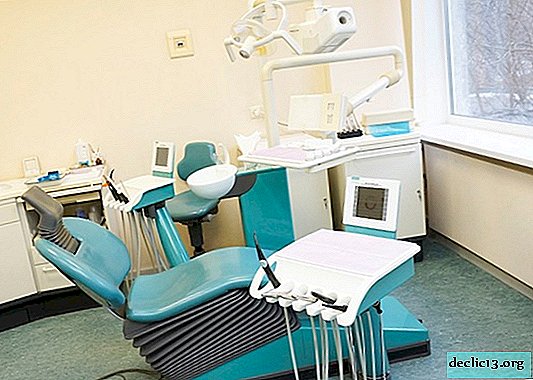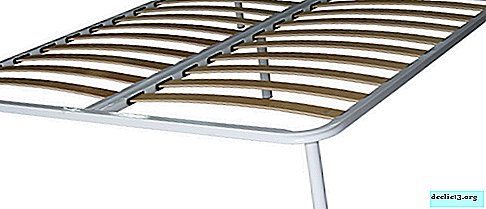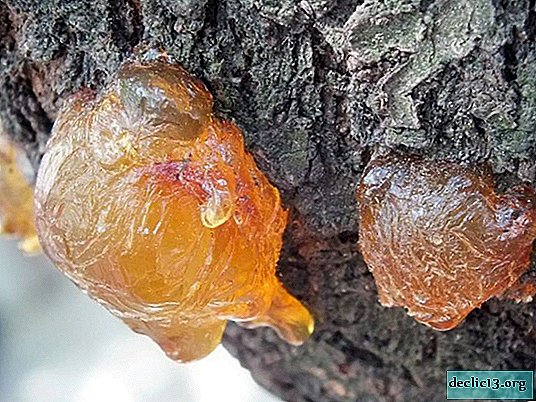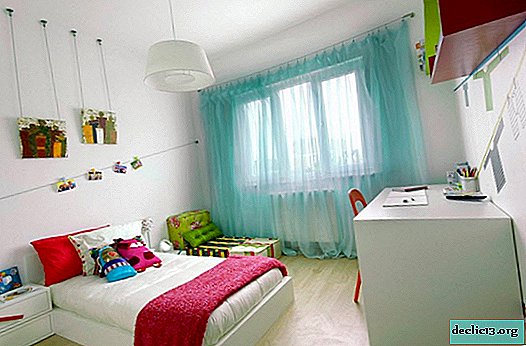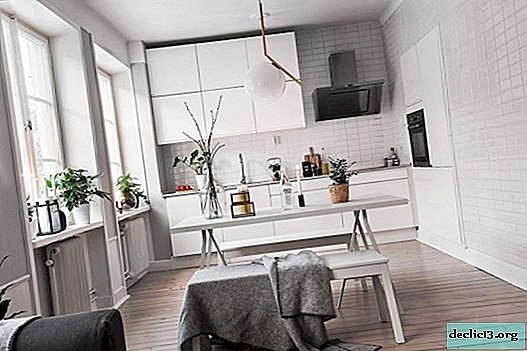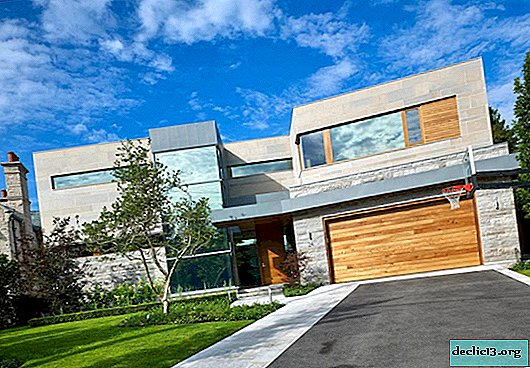What is terry begonia, what to do with planting and care at home and how the flowers look in the photo?

Begonia is a common plant, which, due to the wide variety of leaf and flower shapes, appealed to a large number of flower growers.
For cultivation at home, hybrid varieties are used. This flower and landscape designers did not ignore because of its bright colors, unpretentiousness.
In this article we will consider a photo of this plant, home care, as well as about possible diseases.
How to propagate this beauty?
Appearance story
Begonia was found in 1687 on the Antilles. Its discoverer was the French botanist Charles Plumier, who led an expedition to study the flora growing in the area. He owed much to Michel Begon, the quartermaster of the French colonies in the Caribbean, who spared no money for scientific research. In honor of him, Plumye named the flower discovered on the islands.
Plant description
Science knows about 900 varieties of begonias and 2 thousand hybrids. Belongs to the class Floral, genus - Begoniaceae. The leaves are uneven, asymmetrical, the edges are jagged. Bottom foliage is painted red, brown or dark purple. Top - saturated green, sometimes interspersed with strokes. Inflorescences are large, medium and small sizes.
Their various colors:
- bright yellow;
- dark red;
- pink;
- white
- orange.
The flower has a female and male gender. The result of pollination of different principles is seeds. Plant grow as follows:
- grass spreading on the ground;
- tall shrubs;
- shrubs.
Subspecies
 The appearance and process of growing a plant makes it possible to divide into 5 main varieties of begonias:
The appearance and process of growing a plant makes it possible to divide into 5 main varieties of begonias:
- shrubby;
- ever flowering;
- tuberous;
- stem;
- root.
Each type is individual. Among these five varieties, decorative-flowering and decorative-leafy subspecies are also conditionally distinguished.
- Decorative leafy begonias noticeable long succulent leaves growing directly from the root. Foliage is striking in its beauty and variety. They are painted from bright green, silver, red-yellow to dark brown.
The most sought after representatives:
- Royal begonias;
- Metallica;
- Bauer;
- Cleopatra.
- Decorative flowering appearance combines plants with smooth and terry inflorescences, at the same time, bright, original colors. Despite the weather, the begonias of this subspecies are ready to bloom all summer.
Famous varieties:
- Ambassador.
- Rosemary.
- Cocktail
- Gluard de Lorrain.
- Marina.
- Terry.
You will learn about how the propagation of evergreen begonia occurs here, and in this article we talked about the rules of planting and the subsequent care of this variety of plants.
Where is it growing?
A well-known and common variety of flowering begonias is terry. In common people, it acquired such a name because of the delicate petals, their edges resemble terry. The flower belongs to the species of ever flowering plants. Flowering period: early spring - late autumn.
Sometimes begonia may not drop foliage for the winter and bloom all year. The plant is easy to find on the windowsills of apartments, and in the summer on balconies, flower beds. The main thing is to choose her a comfortable place. Terry begonia penumbra loves, but there are varieties of sun lovers. You should also ensure the humidity in the room 60-70%, but at the same time, moisture should not fall on the leaves. Spraying is not recommended.
Lighting
Like begonia terry bright light, however, without the direct penetration of the rays of the sun. The leaves are quite susceptible to overheating, possibly causing burns. In the summer, it needs diffused lighting. Also, for uniform development, you should turn the flower on each side to the sun. Do this periodically, about once every two weeks. In winter, it will not do without an additional light source.
The soil
 For breeding begonias, preference is given to pots from clay with obligatory drainage, such containers differ in porous walls, which ensure the entry of air into the ground. The roots in such pots will breathe. The soil should be loose, light, enriched with minerals.
For breeding begonias, preference is given to pots from clay with obligatory drainage, such containers differ in porous walls, which ensure the entry of air into the ground. The roots in such pots will breathe. The soil should be loose, light, enriched with minerals.
Such a composition is created by a mixture of river sand, peat, sheet land, clay. And the best option would be to buy ready-made soil. Before planting, any soil should be warmed up and slightly moistened with standing water, at room temperature.
Home care: how to trim and how to feed?
Terry begonia is not demanding, but for abundant growth and beautiful flowering, it is important to maintain optimal conditions for its maintenance.- The temperature regime should be within +19 to 24 ° С, in the cold season not lower than + 16 ° С. The plant prefers cool rooms with moist air. It is necessary to regularly air the apartment, but do not leave the flower in a draft. Temperature differences can adversely affect its condition. In summer, begonia should be taken out to fresh air.
- In the spring-summer seasons, the indoor flower is abundantly watered twice a week. In hot weather, watering is carried out daily. But be sure that the liquid does not stagnate in the pot, otherwise it is possible to rot the root system. Between watering the soil should dry. In the autumn-winter period, watering is minimal, the plant rests. Water for irrigation should be taken only if it is standing or boiled.
- Do not forget about bait. Terry begonia is fed once every 7-10 days, preferably with mineral fertilizers. In winter, top dressing should not be made.
- A houseplant requires regular pruning, as the stems quickly stretch, acquiring an ugly shape. Pruning will be useful to improve the flowering process, crown formation, rejuvenation of begonia. The procedure is performed exclusively with a sharp knife.
- First pruning: plant height 7-10 cm. Cut 2-3 cm, to give a neat shape. After the procedure, reduce the amount of incoming fluid by 1 week, then watering should be restored.
- Second pruning: the lateral processes have reached a height of 10-15 cm. It is necessary to cut off the tops, which will help the lateral kidneys to develop.
- Subsequent pruning: if necessary, adjust the shape, pick off dried leaves, twigs.
Photo
In the photo you can see how the flowers of a red terry begonia look like.



Common Diseases and Pests
The main reason for the cessation of flowering and the dumping of buds, leaves is improper care. Begonia may be subject to the following diseases:
- Powdery mildew. The leaves are covered with white coating and die off. The favorable environment for this disease is dry air, a sharp change in temperature, drafts. To combat powdery mildew, spraying with fungicide or sulfur is used.
- Gray rot. On shoots and flowers watery spots with a gray bloom form, then becoming brown rot. Foliage curls, stems rot. This disease develops in an environment with high humidity and low air temperature. Plants are treated with a 1% solution of Bordeaux fluid.
- Aphid. This pest is controlled by means of processing infusion of celandine, as well as drugs with feverfew or onion broth.
- Spider mite. The appearance of a thin cobweb on the leaves indicates the presence of this insect, which loves a dry environment in the room. They destroy the tick with a soap solution, treating each leaf of begonia. If the damage is severe, they are treated with insecticides.
Breeding
The most common methods of breeding begonias - seeds, cuttings or tubers.
- Seeds are sown in early February. A container for this is selected suitable, with drainage. Soil is poured into it for begonia, then the seeds themselves are sown, sprinkled with 2-3 mm of soil on top. On top of the container lay a plastic film. Seedlings are grown under conditions of +23 - + 25 ° С. Every day the film is removed, if necessary, water the soil. After 2-3 weeks, the first shoots appear.
- Vegetative way. A healthy plant stem is cut off and immediately placed in a pre-prepared substrate. It can be sawdust, a mixture of peat and sand. Cover up with a transparent film. Do not forget about the regular ventilation of the tank. After 10-14 days, you can see the roots, and after 2 weeks the stalk is transplanted into a pot. This method is best performed in the spring.
- From autumn, healthy begonia tubers should be stored in containers with peat, moss or sawdust in a room with a temperature of + 6 ° C. In the spring, 2 weeks before planting, the temperature should be increased to + 18 ° C so that the sprouts hatch. At this stage, begonia can be fed with mineral and organic fertilizers. With the advent of young shoots, the plant is transplanted into a separate pot.
Terry begonia will certainly become your queen at home, given the variety of colors and undemanding nature. The main thing is to follow simple recommendations for proper care of the plant. And she, in turn, will thank with bright and magnificent flowering. Now you know everything about begonia, including its planting and the features of caring for it.

